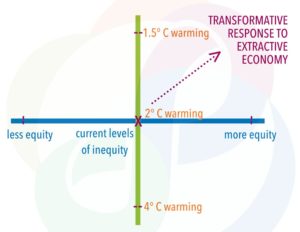December 12, 2016; New York Times
Any association of sewage and public swimming pools seems undesirable. But the city of Paris is using heat from unconventional means to heat municipal pools, reported the New York Times earlier this week, and those means include wastewater and computer servers.
The city is using excess heat from both sources to reduce heat generation through traditional means. At one public swimming hole in the city’s 14th Arrondissement, wastewater (which, in Paris, runs at an average temperature of 55 to 68 degrees Fahrenheit) flows through sealed pipes underneath the pool. Heat pump systems capture the heat of all that water coming from hot showers and washing machines, then transfers it to the pool’s water.
Another swimming pool, in the Butte aux Cailles neighborhood of the 13th Arrondissement, is scheduled for a 2017 switch to partial “data furnace” power. The data furnace concept was introduced in a 2011 collaboration between Microsoft and the University of Virginia and uses the heat produced by concentrated computer servers for office and residential heat, theoretically cutting the costs both of heating a building and cooling the servers. In the Paris pool iteration, the heat from the servers in a nearby building is routed to the boiler system heating the pool and locker room showers.
Sign up for our free newsletters
Subscribe to NPQ's newsletters to have our top stories delivered directly to your inbox.
By signing up, you agree to our privacy policy and terms of use, and to receive messages from NPQ and our partners.
These alternatively heated pools aren’t Paris’ first foray into alternative or recovered energy. The city is home to France’s largest waste-to-energy plant, which uses energy from garbage incinerators to provide residential heat. The energy created by burning trash heats water running through a network of pipes, creating steam to be sold as energy throughout the city. Last year, PBS reported that Paris’s three waste-to-energy plants produce enough steam to cover 40 percent of the city’s heating needs.
Europe as a whole has historically been ahead of the U.S. in using energy recovery to manage energy and waste management needs. However, U.S. cities have reached into the waste-heat world. Indianapolis, for example, runs a waste-to-energy plant that heats its downtown, a major hospital, and Indiana University, and New York is attempting to increase its use of energy recovery facilities. Sewage-powered energy systems have gone large-scale in Camden County and Chicago.
While the heat sourcing of a couple of municipal swimming pools seems small, these changes are part of a not-insignificant acceptance of energy responsibility by a major global city. As we wrote last week at NPQ, urban areas are responsible for the lion’s share of carbon expenditures around the world, and municipal-level policies will make a difference at the macro level.—Lauren Karch













